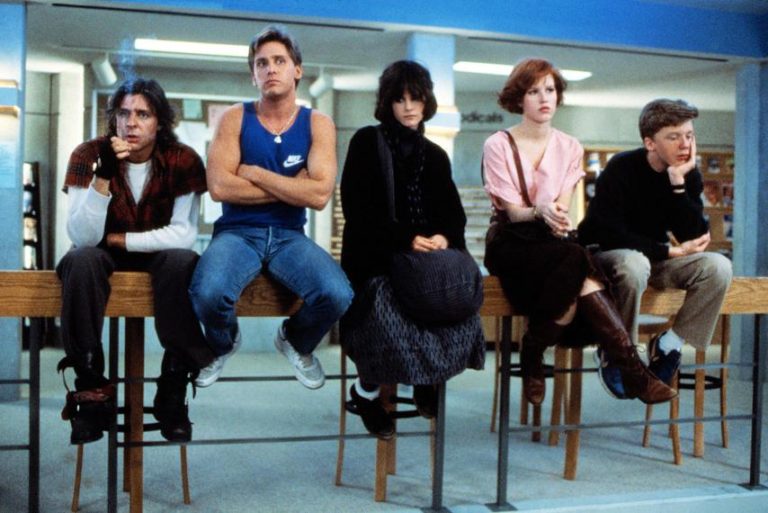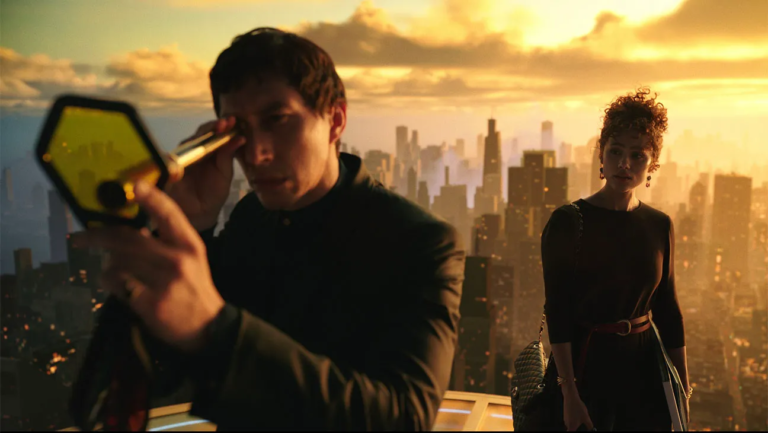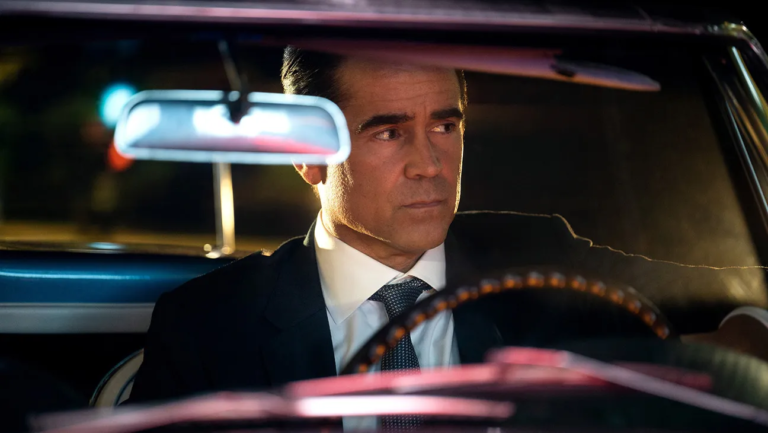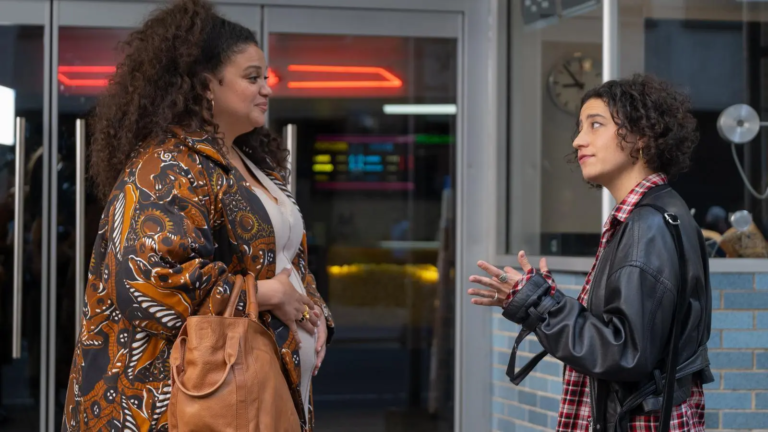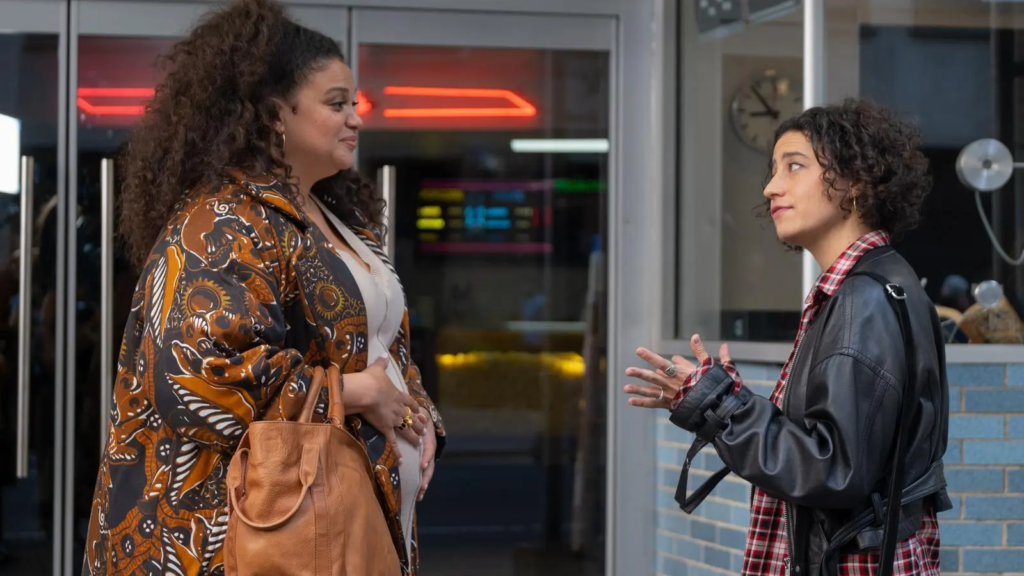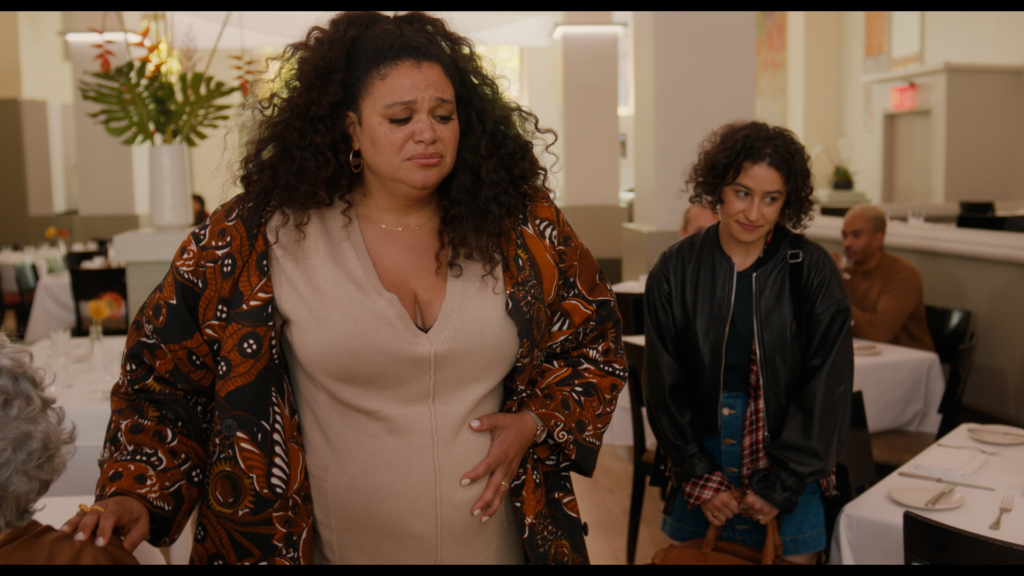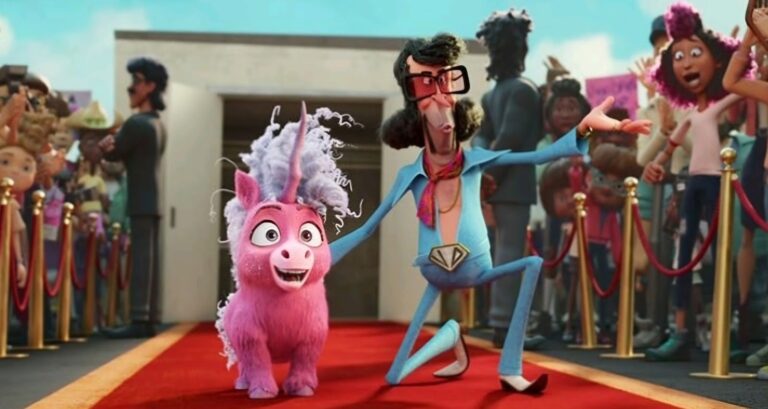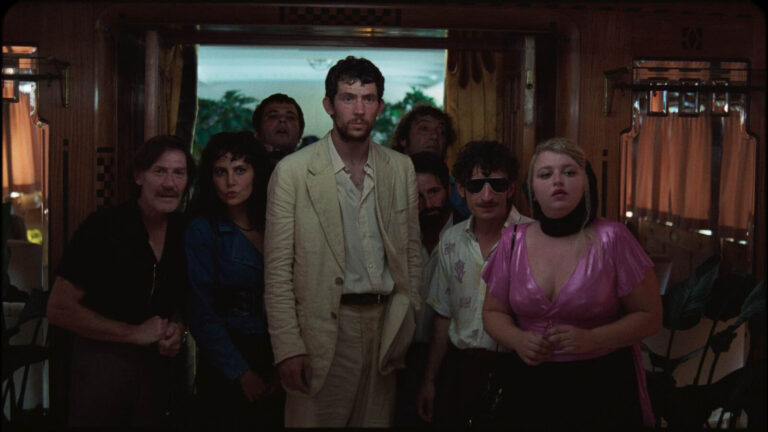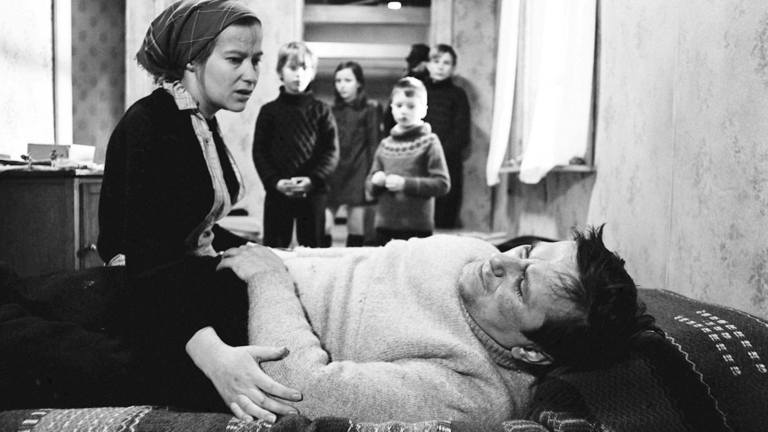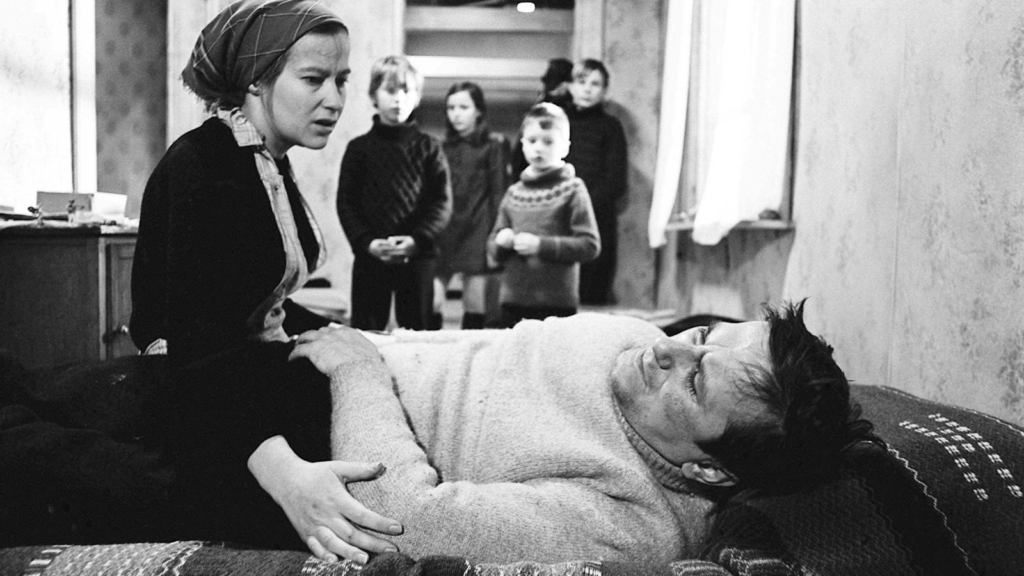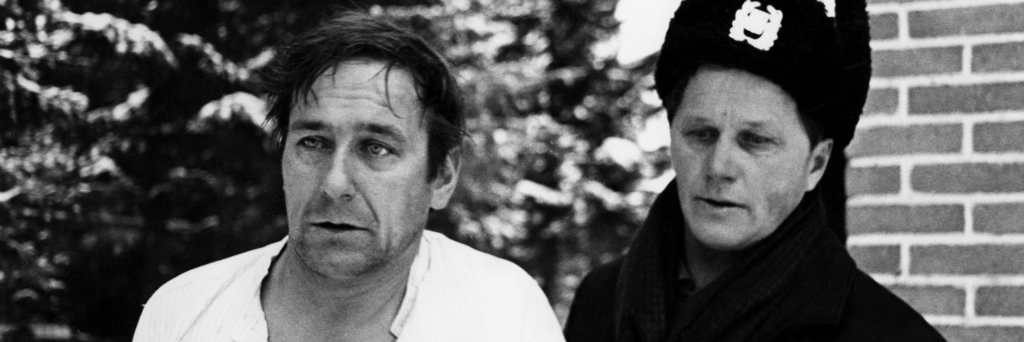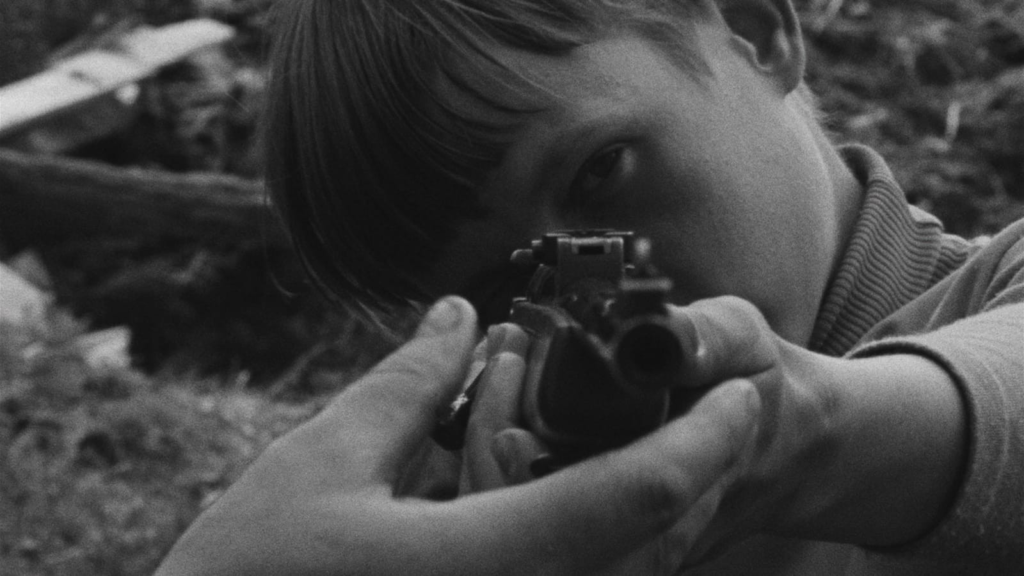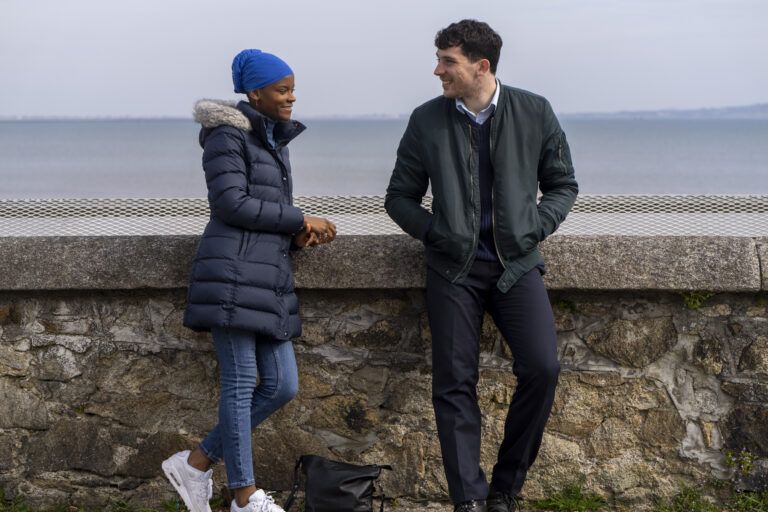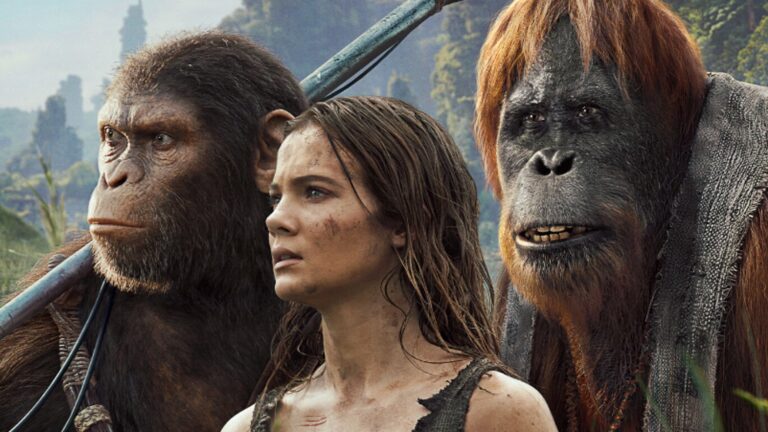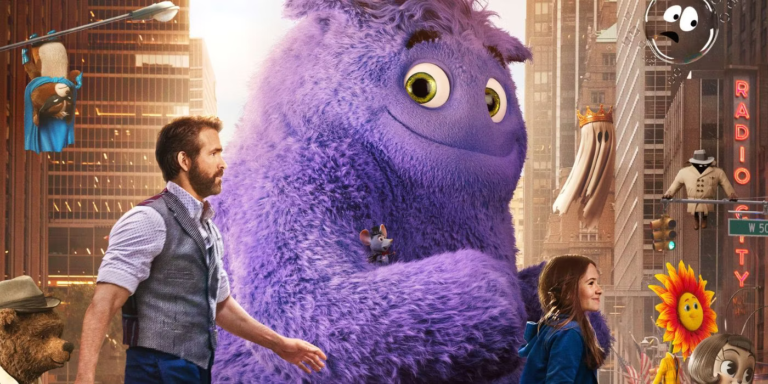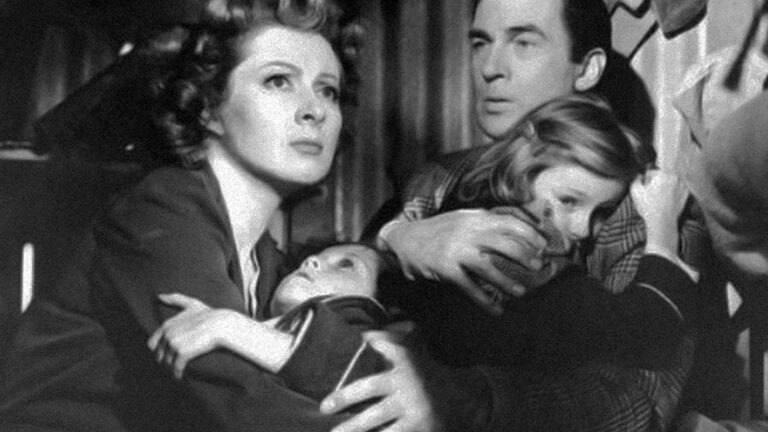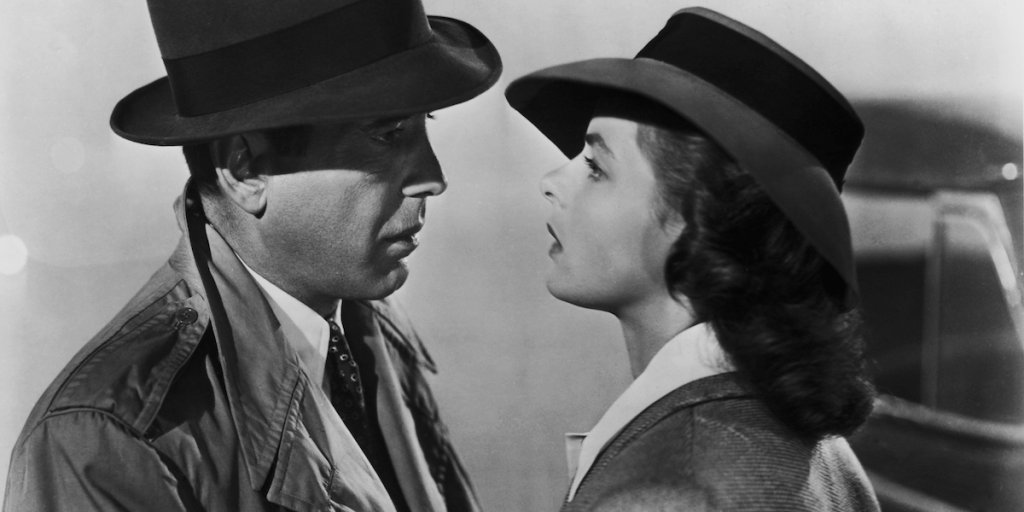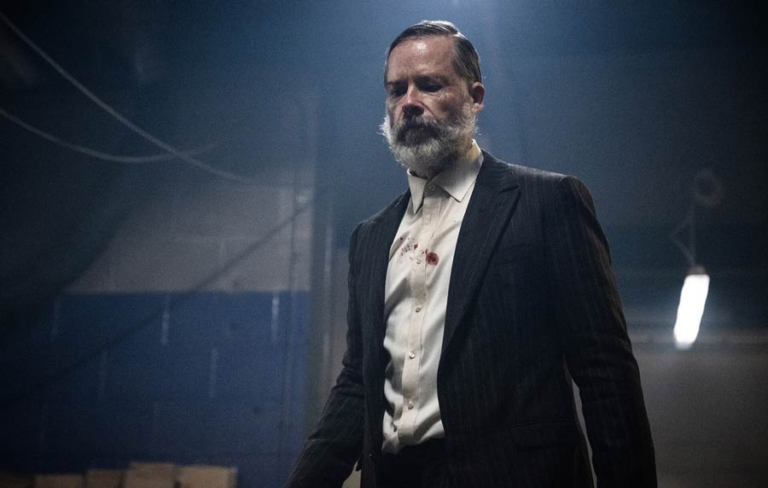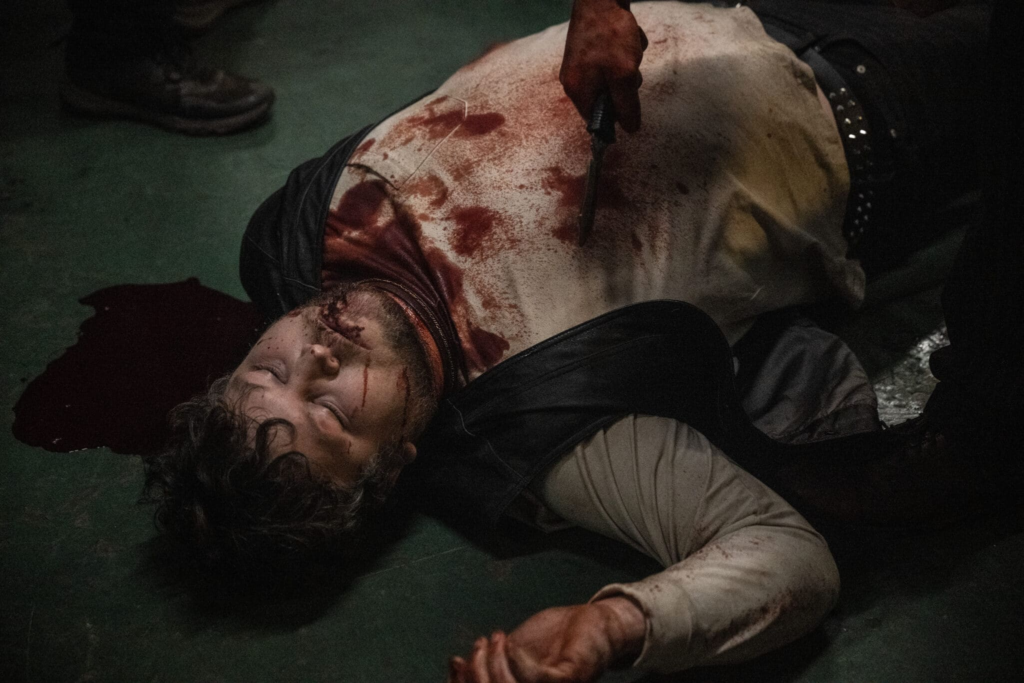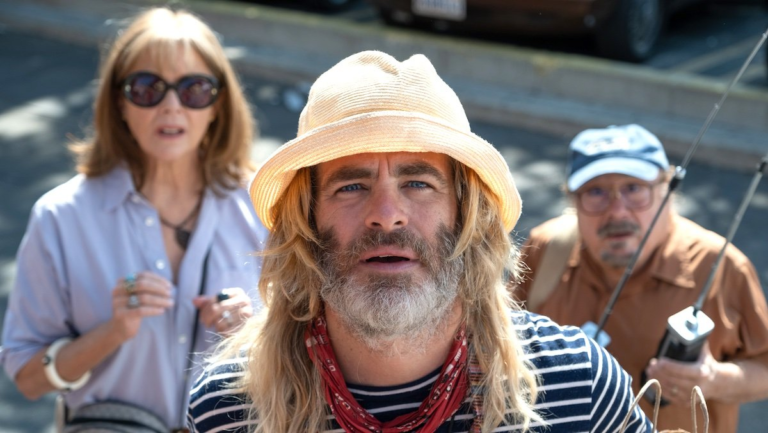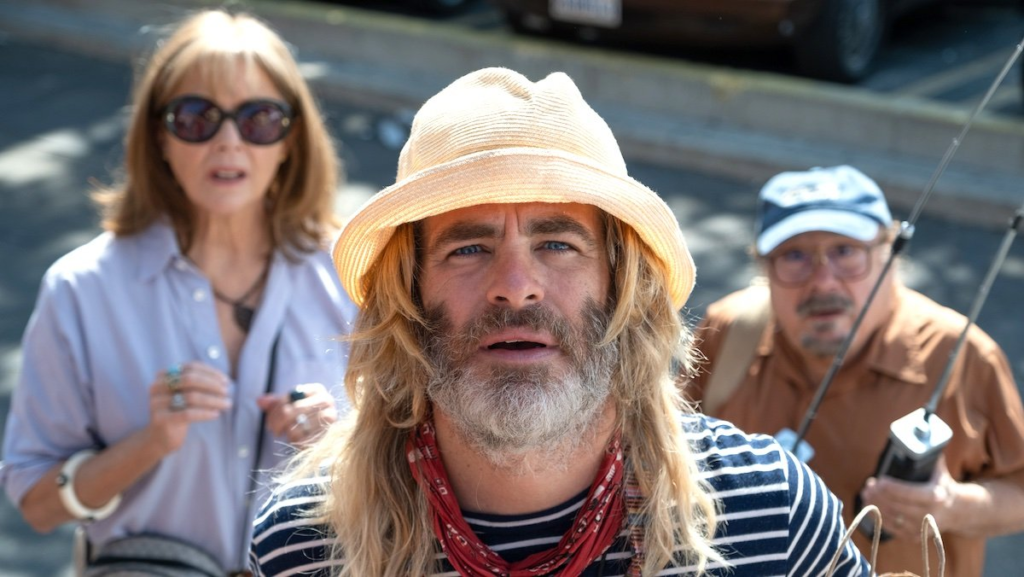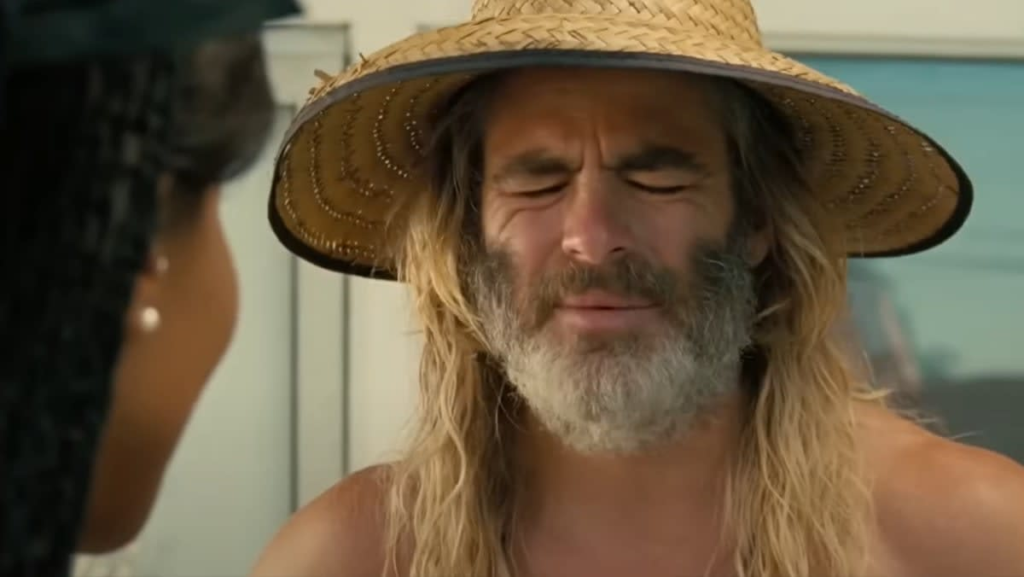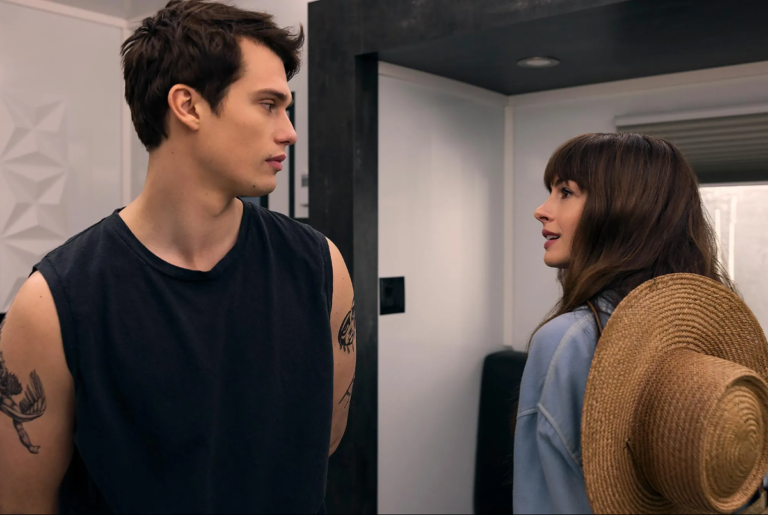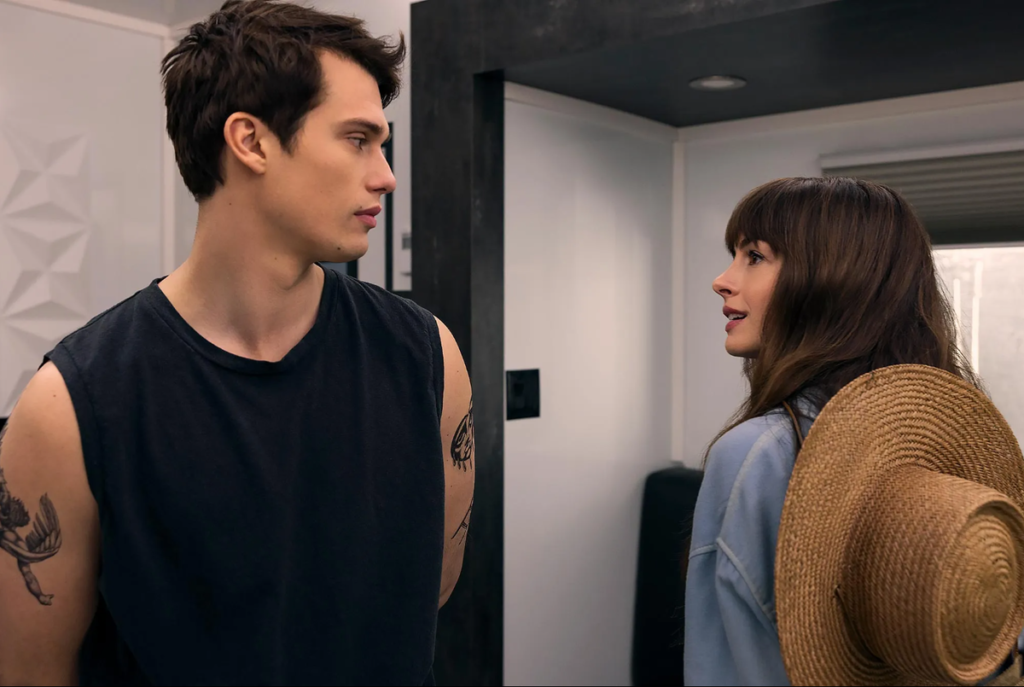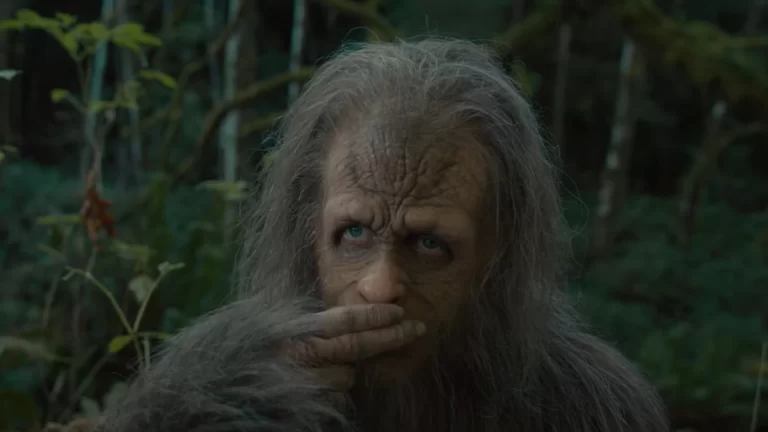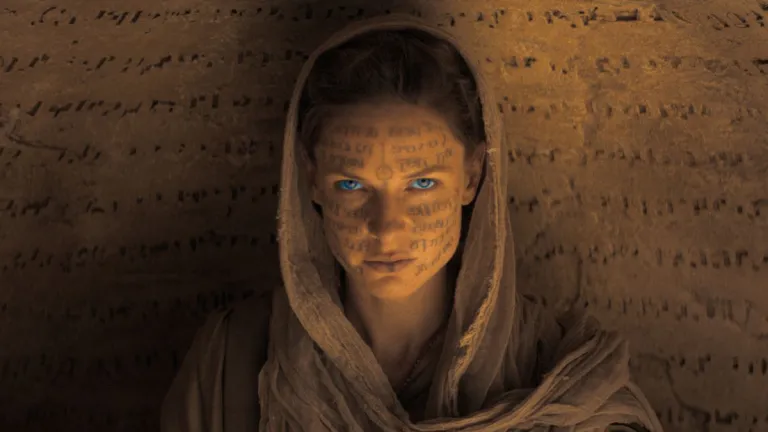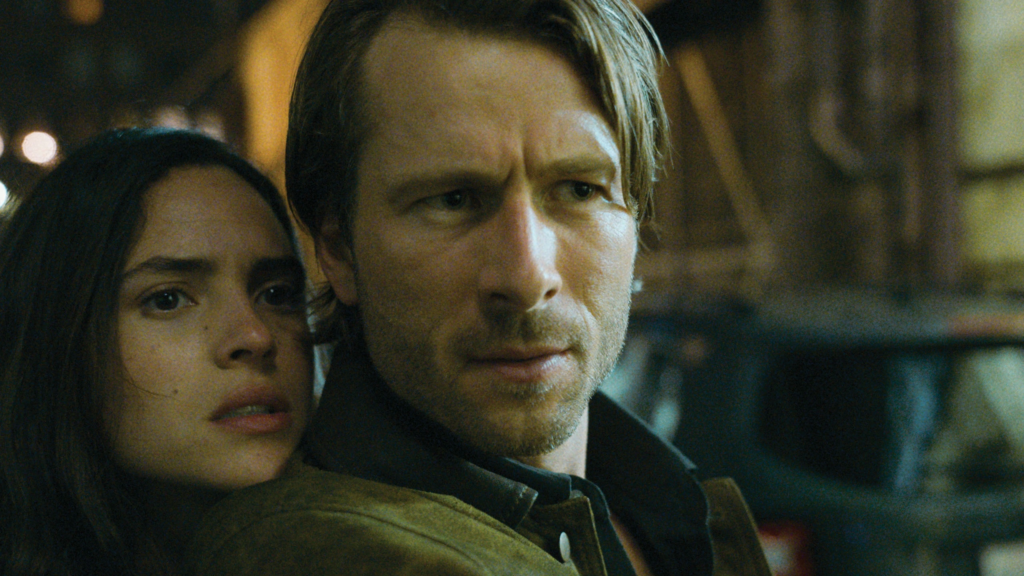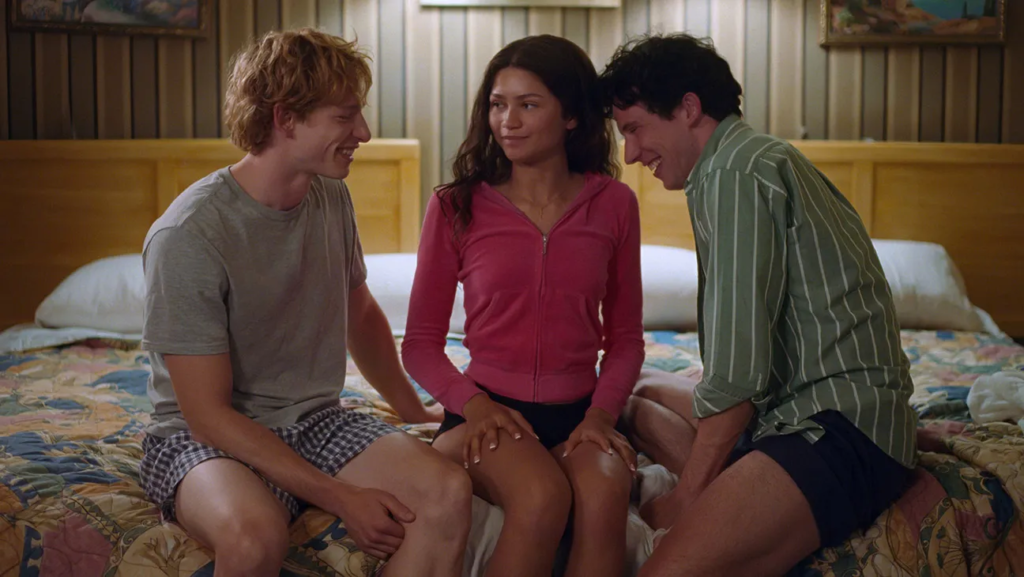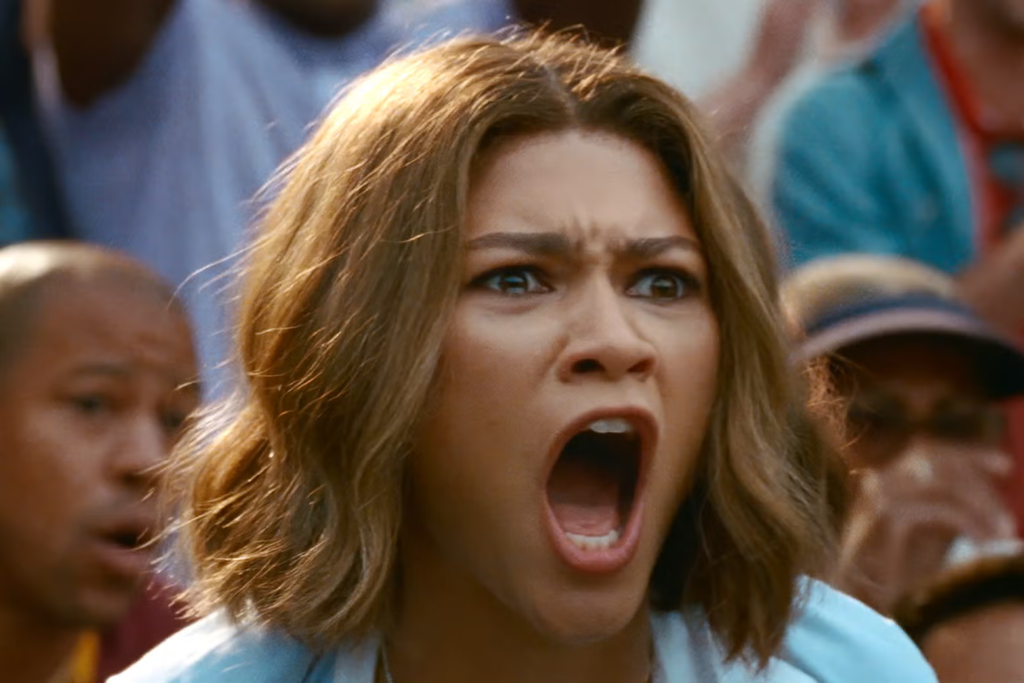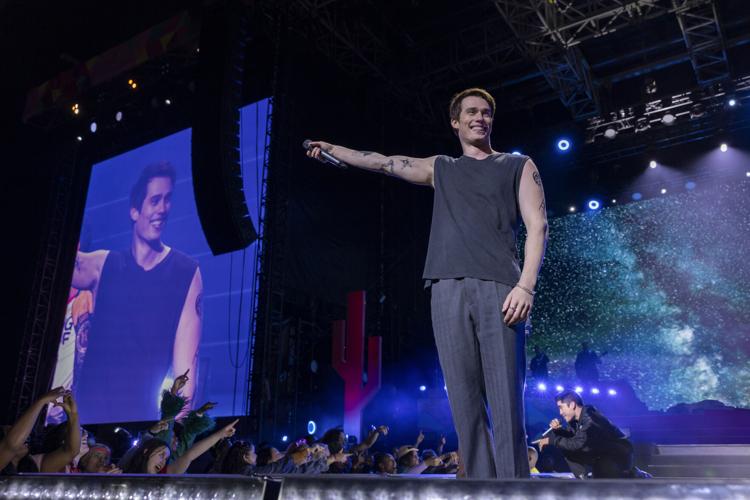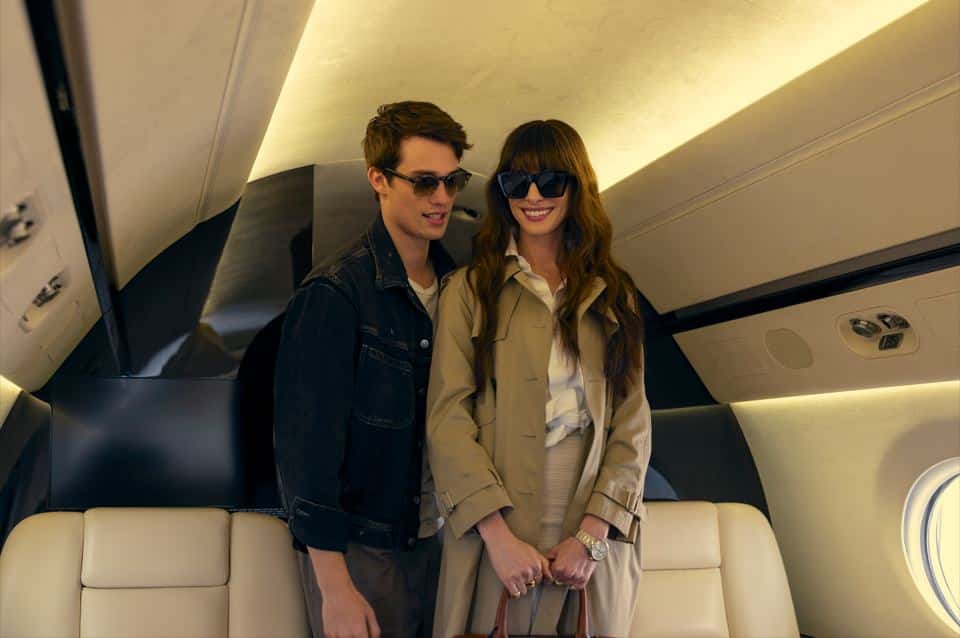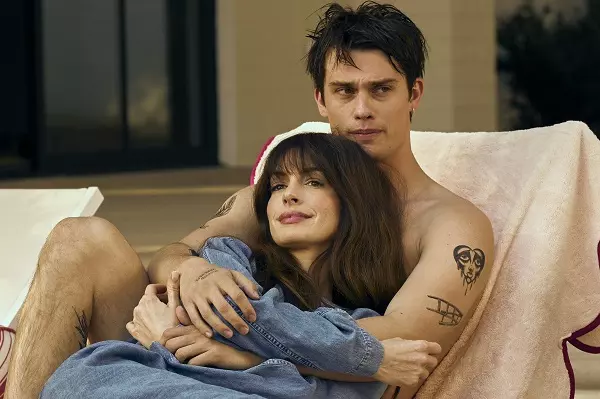The Idea of You is not your typical rom-com.
I kindly ask that you not judge this movie by its admittedly soapy premise—a mom who falls for a much younger pop star. Anne Hathaway’s performance is so warm and empathetic that she immediately elevates this sweet story beyond standard streamer ‘fluff.’ Add in sizzling chemistry with co-star Nicholas Galitzine and a sharp script from director Michael Showalter and Jennifer Westfeldt, and you’ve got a fantastically fun summer romp with a lot of heart.
And that’s precisely why Amy Williams was the perfect choice to serve as The Idea of You‘s production designer—she puts her heart into every project, packing each set with expertly planned craftsmanship, carefully chosen pieces, and layers of rich, character-driven details that visually elevate the spaces she transforms.
Williams used her art gallery experience to build an artist’s dream California home for Hathaway’s character, Solène. She also showcased pieces from local artists when staging art shows. Plus, she recreated Coachella and managed to bring St. Tropez to Savannah
Exploring Williams’ work is to better understand the art of production design in general. Read on to learn more about Williams and her approach to “dream job,” The Idea of You.
Shadan Larki: Amy, I know you were at SXSW for The Idea of You‘s world premiere. You’ve also supported the film at various screenings and events. What’s it like to see the audiences’ reactions?
Amy Williams: The energy has been amazing! It was such a collaborative, family-like feel as far as how we prepped the film, how we all worked together, and how everything evolved. The actors and director, Michael Showalter, were involved.
Seeing people respond to that was really fun because we all poured our hearts into this movie, which felt rare. It’s been really fun to see the response.
SL: This is how much of a nerd I am, but when I was watching The Idea of You at SXSW, and I saw Anne Hathaway’s apartment. I was like, ‘I have to ask Amy about creating this because it’s perfect, and it’s exactly what you would picture your cool, artsy older sister’s space to look like. So, how did you put that all together?
AW: We always liked to toe the line between what the book described and how you were reshaping and how Michael wanted to reshape things as far as the character is concerned.
So, they wanted her to be in Silver Lake, and we talked about how she would have this classic craftsman house she and her husband bought as a starter house. But then, because she has such impeccable taste and is charmed by the beautiful, ugly details of things, she would have embraced the house and brought it to life.
And then, because she was an art dealer. She studied art history, so we wanted to give her an eclectic mix of artwork. And we got really into it. Annie was really into it, Michael was really into it. We used all real artists. And we pulled artists. We wanted to focus on female artists, artists from Silver Lake, and local artists from Atlanta just because we were working and filming there and we had access to real artists there. The gallery’s philosophy was this nurturing, boutique art gallery where she would take these artists and work with them through their careers. For the interior of the house, we used a lot of collections, gifts, items of interest, and ceramics.
We found an exterior house in Atlanta, all gray and white inside. It was boring. The outside looked good, so we renovated the whole interior. We worked for two months to add what looked like original detail. All the molding you see in the house, all the trim, was all white. So, we had scenic artists come in and make a faux wood grain for it. We added stained glass. We just got to build kind of the craftsman California dream home with many feelings of love, texture, and history. We just wanted to feel that history, too.
SL: You mentioned the moldings. Are there any details or things that you were able to sprinkle in there that you’re just glad made it into the movie? Or something that, when you watch it now, just makes you smile?
AW: It’s a lot of things. There’s the mirror that she looks into when she sees the watch.
There were a lot of risky choices that we made, sometimes the director wasn’t sure about or Anne wasn’t sure about, and that mirror was one of them. I think it was successful, and it looked really great.
We also made this stained-glass dining room lamp, which you see quite a bit in the film. We put a lot of work into adding wooden beams to the ceiling, and I just kept bugging the director and Jim Frohna, the D.P., the entire time, like, ‘Shoot wider, shoot wider. I want to see the ceilings.’ And so those barely made it in there, but they’re in.
SL: Risky choices; tell me about that. What were some risky design choices that you made?
AW: Well, I think it’s really fun to make idiotic choices. I think it’s really fun to include things that are not predictable but aren’t so insane that they draw too much attention. And especially for Solène’s character, because she’s friends with so many artists and she’s creative and loves beautiful things, we could stretch the limit of being very eclectic.
She has a bit of everything, and it was really fun for me because that’s how I am. I really related to the character because I was an art history major, and I had all these interests, and I didn’t know what I would do with them. I went the art gallery route, but luckily, I found filmmaking. [Laughs]. So I could relate to the fact that she loved a ’70s chair in one corner. And then maybe there’s a turn-of-the-century style, stained glass piece that’s original or a mid-century piece that she saw. Everything has meaning to her in selection. And I think that’s how the set decorator, Melisa Jusufi, and I approached selecting the pieces. Everything was a discussion, a choice, and intentional, and I love how it kind of all marries together.
SL: With Anne Hathaway’s character, Solène, we see her house, her gallery, and even her artist hideaway, but then with Nicholas Galitzine’s Hayes, we don’t see personal space at all. He’s always in hotels and on the road. How did you sprinkle in some character development and personality in production design that could otherwise feel mundane?
AW: Yeah, it’s tough. Hayes talks about how he has this big, huge loft, and there’s nothing in it. And it’s very telling of where his character is at that moment in his life. He is a young man in his twenties. There were points in the script and even in the process of prepping the movie where we were going to show that he had a London flat. We were going to dress it and make it a little more character-specific, but it got cut. It became a little bit more about her world than his. His world was the big public spaces, Coachella, hotel rooms, and traveling in the private jet.
One set where we could bring in the essence of Hayes was the recording studio, which had a bit more warmth and character when he finally decided to go solo. And you see him in LA, and it’s a little bit messy and not glamorous, but it’s conducive to being creative. So, I think that was one moment we could show more of him. And I think Jacqueline Demeterio, our costume designer, did an amazing job with his costumes too, because I think the texture and the color in that was really what makes the character so charming, like that fuzzy sweater, you just want to cuddle up to him.
SL: Tell me about Coachella because that’s such an interesting thing to try to recreate. What did that mean on your end?
AW: It was scary. It was daunting because we were in Atlanta, nowhere near Palm Springs or a desert. It was a really big, beautiful collaboration between visual effects and set design. We worked with real-stage vendors, sound mixers, and lighting designers. And we created some of the graphics for the show; my art director, Kat Rich, was where I had her most of the time. She was out at a racetrack in Georgia, about an hour away from the office. And there were a lot of big flags and art pieces and a big, huge meet-and-greet tent and trailers. It was very elaborate and really big. And I think we were always afraid that the budget couldn’t support it. I think the visual effects take it to the next level and make it feel believable— just some palm trees in the background and some mountains.
But it was so fun. It was one of those things. I’d never thought I’d be designing a stage for a boy band. [Laughs]. It turned out to be super fun.
SL: I thought they shot those scenes on location at a music festival.
AW: I love hearing that!
SL: You sold me. Another set I loved is the vacation house they go to in Europe because, again, it’s exactly the kind of place that you imagine a group of 20s-somethings going to. How did you approach that? I loved the juxtaposition of the coldness versus Hayes’s warmth and the light Solène brings.
AW: Going on a private jet to all these places is a fantasy. And we scouted Savannah for most of our European exteriors and some of the interiors. And we filmed it all within two days. So, everything you see at the beach in St Tropez is in Savannah. You see Barcelona, you see Paris with a lot of signage and movie magic. We made that happen. Then, regarding the interiors, we found a few locations here in Atlanta that had a good vintage look.
I forget the name of the building, but it had four different rooms, and because of scheduling, we had to move from room to room. So one room was Barcelona, one room was Paris, and one room was London. Then, downstairs, we shot the music video that she watches on her laptop.
There was a scene at one point where they were at an art museum, so we created a bit of an art museum, and it was really fun. But it was crazy to think, ‘Okay, we’re going to do six different countries in two days and shoot it all.’
SL: What’s it like when you’re working on something that will be a part of a montage? You have to make it distinct enough, but you won’t have the screen time to develop it. It’s not like her apartment, right? We’re not spending much time there, so how do you make it pop while knowing you don’t have production time or screen time to spend on it?
AW: Yeah, I mean, you’re always working under restrictions, whether it be budget, time, access to European items, some of the things we had to create from scratch just to kind of bring in the world. We built one of those neon green pharmacy signs and just stuck it in the back, like a little hint.
It was also really fun regarding set decoration and production design because it was supposed to be glamorous, gorgeous, and rich. So, we did very distinct color palettes for each suite, and they didn’t all make it in the movie. I don’t think the Paris suite made it in, but it was still great. The other one, I’ll say, just going back to your Hayes question because I think that was a really good one, is the hotel room where she first visited him in New York. I think it was really important that we made it a place where a rock star would stay and not necessarily a place she would pick. It had a little bit of a bite and an edge to it.
SL: What other set pieces did you enjoy working on?
AW: I think some things that go unnoticed with production design are the green work and the landscaping we do to transform the world. The director, D.P., and I all scouted in L.A. twice because we planned to shoot there for three days to get all of the Silver Lake scenes, the reservoir, and everything authentic. Time was running short, and we made the decision, I think, in the last week of filming that we weren’t going to go to L.A.; we were going to try to pull it all off in Atlanta.
Some of that is done with the help of visual effects, but a lot of it is getting the foliage right and the outside world right. We put a lot of research and attention into that, but hopefully, no one notices it because it should feel like L.A.
SL: That’s why I love talking to you; that never would have occurred to me.
AW: Yeah. There’s so much that you just don’t want people to notice. But I’m really glad that people do notice the artwork.
I think it’s also really important [to note] that Anne Hathaway was the producer of this. She was so all-encompassing about her commitment to the character that we had huge conversations about certain things that should be in her home. And there was a lot of back-and-forth communication. I would show her references, ideas, and colors. It was a unique experience to have with an actor who was so involved in the production design process and cared about the artwork and what was in the art gallery.
The only other thing would be the art gallery, where we communicated with over 200 artists, obtained permission from them, and selected their artwork.
We had to create three distinct gallery shows in that gallery, all within three days. So, that was a lot of logistics, but it was really fun to return to my gallery days. I also got to curate a real show for a film, have everything authentic, and have an arc and meaning.
SL: How does The Idea of You fit into the arc of your career as a production designer? What lessons will you take away from this experience?
AW: Working with Michael Showalter was a very heightened, collaborative experience. I felt like I got to be myself as a designer. But I was also challenged by the process. And I think the growth came in collaborating with people that are geniuses like Anne Hathaway, Michael Showalter, and Jim Frohna, the DP, and having us challenge each other and accepting one another’s ideas when they’re good and shutting them down when they’re bad ideas.
When I watched this film, I saw that everybody brought their best work, and it harmonized beautifully. We’re all doing it again right now; I’m in Atlanta prepping Michael’s next movie. It was such a rich experience.
SL: Are you allowed to tell me what it is?
AW: Yeah, it’s already been announced. It’s called Oh. What. Fun. It’s a Christmas movie with Michelle Pfeiffer.
SL: Oh, I can’t wait to see what Amy Williams Christmas production design looks like!
AW: I know, I haven’t done one yet!
It overlaps a bit, but I’m doing a really intense mini-series called Long Bright River, which is a completely different subject matter. It’s very heavy and emotionally intense, occurring in December during Christmas. The Michelle Pfeiffer-Showalter project is a Christmas movie about family. It’s about moms during the holiday season and how they’re often taken for granted.
SL: Is it hard to move from project to project? You become so intimately involved in this world that you built it. And then you have to leave it behind and go to the next one.
AW: Yeah, it’s heartbreaking. But then It’s like the dream job for me. Amazingly, I get to build all these worlds and do things I never thought I would do. I didn’t think I would do a rom-com about a boy band, and it would become one of the most favorite things I’ve ever done. What was really fun about it is that it’s a genre that doesn’t often get recognized for things like production design, cinematography, or acting. Still, I think everybody really brought great work to it and elevated what some consider ‘fluff.’ I think it resonates with people, and people can relate to it and has depth.
SL: I love that you get to have a voice and be a part of the creative process.
AW: You feel like a filmmaker, and when you have that respect, you can really, as I say, ‘spread your wings,’ but it just comes down to the stories are also interesting. I’ve been lucky enough to do TV and film and different genres. It’s like playing, getting to be a kid, exploring all these worlds, and telling stories with a really weird mixed media.
I’m just so lucky. I’m so happy to do it. And it’s so hard, too. It’s exhausting. This past summer, I made a film called Death of a Unicorn in Budapest. That will be a really fun to talk to you about when it comes out. It’s with A24 and has a great cast. And one of my close friends, Alex Scharfman, was his first film directing. I’m excited about that one, too, because we got to make unicorn puppets!





